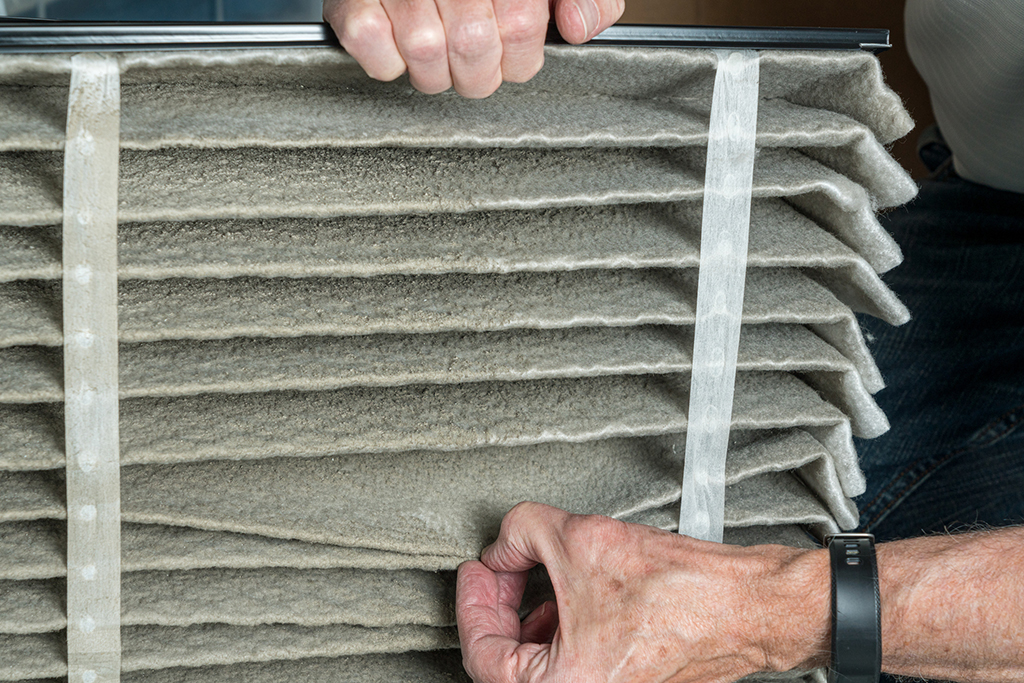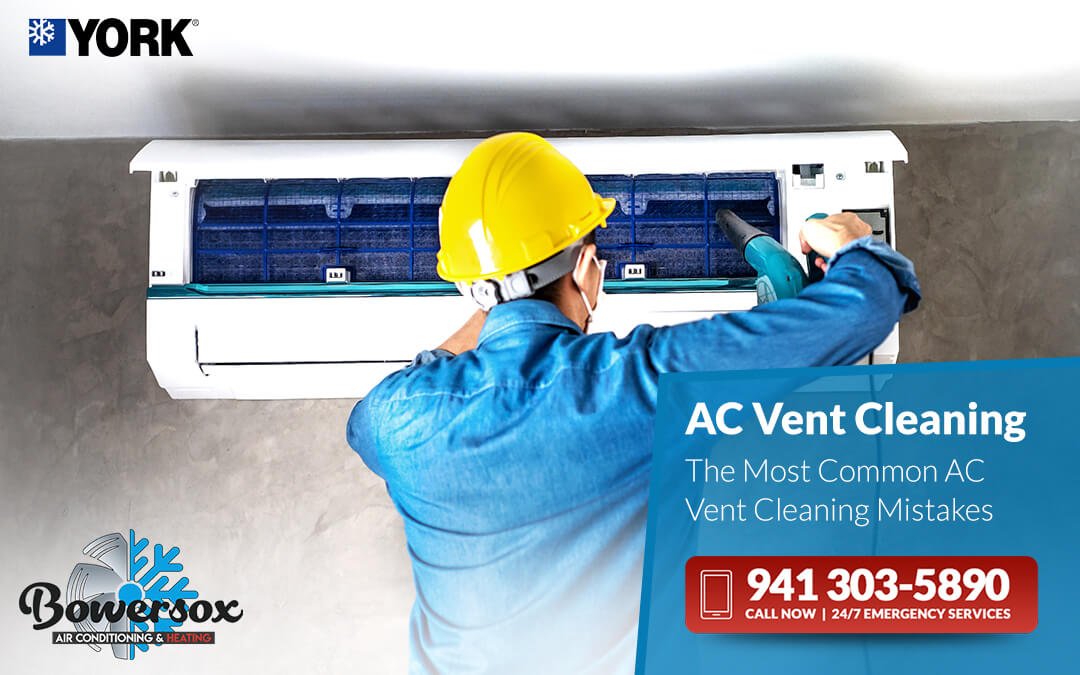Maintaining an air purifier seems simple, right? But many make common mistakes.
These errors can reduce the device’s effectiveness. Air purifiers help keep our indoor air clean. They trap dust, smoke, and allergens. Regular maintenance ensures they work well. Yet, many people overlook essential steps. Incorrect maintenance can lead to poor air quality.
It can also shorten the device’s lifespan. Understanding these common mistakes can help you avoid them. This way, your air purifier will work efficiently. In this post, we will explore these frequent errors. This will help you keep your air purifier in top shape. Stay with us to learn more.

Credit: bigorangefilter.com
Neglecting Filter Replacement
Air purifiers help maintain clean air in our homes. But they need regular maintenance. One common mistake is neglecting filter replacement. This can reduce the purifier’s efficiency. It can also affect the air quality in your home.
Signs Of Worn-out Filters
Knowing the signs of worn-out filters is crucial. Here are some common signs:
- Reduced airflow from the purifier.
- Increased dust on surfaces.
- Strange odors coming from the purifier.
- Allergy symptoms worsening.
Recommended Replacement Schedule
Regular filter replacement is essential. Follow this recommended schedule:
| Filter Type | Replacement Frequency |
|---|---|
| HEPA Filter | Every 6-12 months |
| Carbon Filter | Every 3-6 months |
| Pre-Filter | Every 1-3 months |
Adhering to this schedule can keep your air purifier working well. It can also ensure your air remains clean and healthy.
Improper Placement
Improper placement of an air purifier can significantly reduce its efficiency. An air purifier needs to be in the right location to clean the air effectively. Placing it in the wrong spot can lead to poor air circulation and reduced performance. This section will guide you through the best practices for air purifier placement.
Optimal Locations
Choosing the right location for your air purifier is crucial. Place it in areas with the most air circulation. Locations near doorways or hallways are ideal. Ensure the purifier is centrally located in the room. This allows it to cover the maximum area effectively.
| Location | Reason |
|---|---|
| Near Doorways | High air circulation |
| Hallways | Central location |
| Middle of the Room | Maximum coverage |
Avoiding Obstructions
Ensure there are no obstructions around the air purifier. Obstructions can block airflow and reduce efficiency. Keep the purifier at least a few feet away from walls. Avoid placing it behind furniture or curtains.
- Keep a few feet of space around the purifier.
- Avoid placing behind furniture.
- Ensure it is not covered by curtains.
By following these simple tips, you can ensure your air purifier works at its best. Proper placement is key to maintaining clean and healthy air in your home.
Using Incorrect Filters
One common mistake in air purifier maintenance is using the wrong filters. Many people believe any filter will do, but this is not the case. Using incorrect filters can damage your air purifier and reduce its efficiency. Let’s explore this further by understanding the importance of matching filters with models and the risks involved in using mismatched filters.
Matching Filters With Models
Each air purifier model is designed to work with specific filters. Manufacturers create filters that match the purifier’s size, airflow, and filtration needs. Using the right filter ensures the device operates at peak performance.
Check the model number of your air purifier. Then, refer to the user manual or manufacturer’s website for the correct filter type. This information is crucial for maintaining the device’s effectiveness.
| Air Purifier Model | Recommended Filter Type |
|---|---|
| Model A100 | HEPA Filter A |
| Model B200 | Carbon Filter B |
| Model C300 | HEPA-Carbon Combo Filter C |
Risks Of Mismatched Filters
Using mismatched filters can lead to several problems. First, the air purifier may not effectively remove pollutants. This means allergens, dust, and other particles can remain in the air, affecting your health.
Second, incorrect filters can cause the device to work harder than necessary. This can lead to increased energy consumption and potential damage to the motor. Over time, this extra strain can shorten the lifespan of your air purifier.
Lastly, mismatched filters may not fit properly. This can result in unfiltered air bypassing the filter and circulating back into your space. Always ensure that you use the specified filter type for your model to avoid these issues.

Credit: goblueox.com
Overlooking Pre-filters
Maintaining an air purifier is crucial for its efficiency and longevity. However, many users tend to overlook pre-filters. This oversight can lead to reduced performance and increased energy consumption. Let’s dive deeper into the importance of pre-filters and how to maintain them properly.
Pre-filter Functions
Pre-filters play a significant role in an air purifier. They capture large particles like dust, hair, and pet dander. This prevents these particles from reaching the main HEPA filter. By doing so, pre-filters extend the life of the HEPA filter. Regular maintenance of pre-filters ensures better air quality and a longer-lasting purifier.
Cleaning Pre-filters
Cleaning pre-filters is a straightforward task. First, check your air purifier’s manual for specific instructions. Generally, you should remove the pre-filter and rinse it under running water. Let it dry completely before placing it back. Cleaning pre-filters every two to four weeks is recommended. This simple step can significantly enhance your air purifier’s efficiency.
Ignoring Manufacturer Instructions
One of the most common mistakes in air purifier maintenance is ignoring manufacturer instructions. These instructions are crucial for the proper functioning of your air purifier. They provide detailed guidelines on how to use and maintain the unit. Ignoring these can lead to reduced efficiency and even damage.
Importance Of Manuals
Manuals are there for a reason. They contain specific information about the air purifier model you own. This includes maintenance schedules, filter replacement, and troubleshooting tips. Following these instructions ensures your air purifier works efficiently and lasts longer.
Understanding your manual helps you avoid unnecessary problems. It also helps in identifying issues early. This can save you money on repairs and replacements.
Common Instruction Missteps
Many people make mistakes by not reading the manual. Here are some common missteps:
- Not replacing filters on time.
- Using the wrong type of filter.
- Not cleaning the unit regularly.
- Placing the air purifier in the wrong location.
To avoid these mistakes, always refer to your manufacturer’s manual. Keep it handy for quick reference. This simple step can greatly improve the performance and lifespan of your air purifier.
Not Cleaning Exterior
Maintaining an air purifier is crucial for its longevity and efficiency. Many people forget to clean the exterior of their air purifiers. This oversight can lead to problems. Let’s explore why this is important and how to do it effectively.
Dust Accumulation Issues
Dust collects quickly on the exterior of air purifiers. This dust can block air vents. Blocked vents make the purifier work harder. This reduces its efficiency. A dirty exterior can also recirculate dust into the air. This defeats the purpose of the purifier.
Effective Cleaning Methods
Regularly wipe the exterior with a damp cloth. Use mild soap if needed. Avoid harsh chemicals. They can damage the surface. Make sure the purifier is unplugged during cleaning. Dry the surface completely before plugging it back in. Clean the vents with a soft brush. This will remove any dust stuck in the vents. Regular cleaning will keep your air purifier running smoothly.
Continuous Operation Issues
Continuous operation of air purifiers can lead to various issues. Running the device non-stop may seem beneficial, but it has drawbacks. Users often overlook these problems, resulting in decreased efficiency and higher costs.
Proper Usage Duration
Many users keep air purifiers running 24/7. This constant use is unnecessary. Most air purifiers can clean a room effectively within a few hours. It’s crucial to follow the manufacturer’s recommended usage duration. This will ensure optimal performance and longevity of the device.
Energy Consumption Concerns
Running an air purifier continuously consumes a lot of energy. This can lead to higher electricity bills. An air purifier working non-stop is not energy efficient. Consider using a timer to control operating hours. This can significantly reduce energy consumption and save money.

Credit: www.newpipesinc.com
Failing To Check Sensor Accuracy
Ignoring sensor accuracy can lead to poor air quality. Always check sensors to ensure the air purifier works well.
Maintaining an air purifier involves more than just changing filters. One common mistake is failing to check sensor accuracy. Sensors detect pollutants and help the purifier adjust its settings. Neglecting this can lead to poor air quality. Over time, sensors can become less accurate. Dust and debris can affect their performance. Cleaning the sensors regularly can help. But it’s not enough. Calibration is also crucial.Calibrating Sensors
Calibrating sensors ensures they give correct readings. Follow the manufacturer’s instructions for calibration. Some purifiers have automatic calibration features. For others, you might need to do it manually. Manual calibration involves resetting the sensor to a clean environment. This helps it understand what clean air looks like. Doing this regularly keeps the sensor accurate.Impact Of Inaccurate Readings
Inaccurate readings can mislead the air purifier. It may not work as efficiently. This can result in higher levels of pollutants indoors. You might think the air is clean, but it’s not. An air purifier with faulty sensors can also use more energy. It may run at higher settings unnecessarily. Checking and calibrating sensors can save you money and keep your air clean. “`Frequently Asked Questions
What Happens If You Don’t Change Air Purifier Filters?
If you don’t change air purifier filters, they become clogged. This reduces efficiency and increases energy consumption. It can also release trapped pollutants back into the air.
How Often Should Air Purifier Filters Be Replaced?
Air purifier filters should be replaced every 3 to 6 months. The frequency depends on the manufacturer’s instructions and air quality.
Can You Wash And Reuse Air Purifier Filters?
Not all air purifier filters are washable. Check the manufacturer’s guidelines. HEPA filters usually can’t be washed and reused.
Why Is It Important To Clean Air Purifier Pre-filters?
Cleaning air purifier pre-filters ensures optimal performance. It helps trap larger particles, extending the life of the main filter.
Conclusion
Avoiding common air purifier maintenance mistakes ensures optimal performance. Regularly clean or replace filters. Don’t ignore the manufacturer’s instructions. Monitor air quality indicators. Avoid using harsh chemicals on filters. Keep the purifier in a well-ventilated area. Check for blockages often.
Proper maintenance extends the purifier’s life. Breathe cleaner air and enjoy a healthier home. Stay vigilant and proactive with your air purifier care.
Rakib Sarwar is a Registered Pharmacist and a reputed health and wellness blogger. He has a great interest in Air purifiers.
